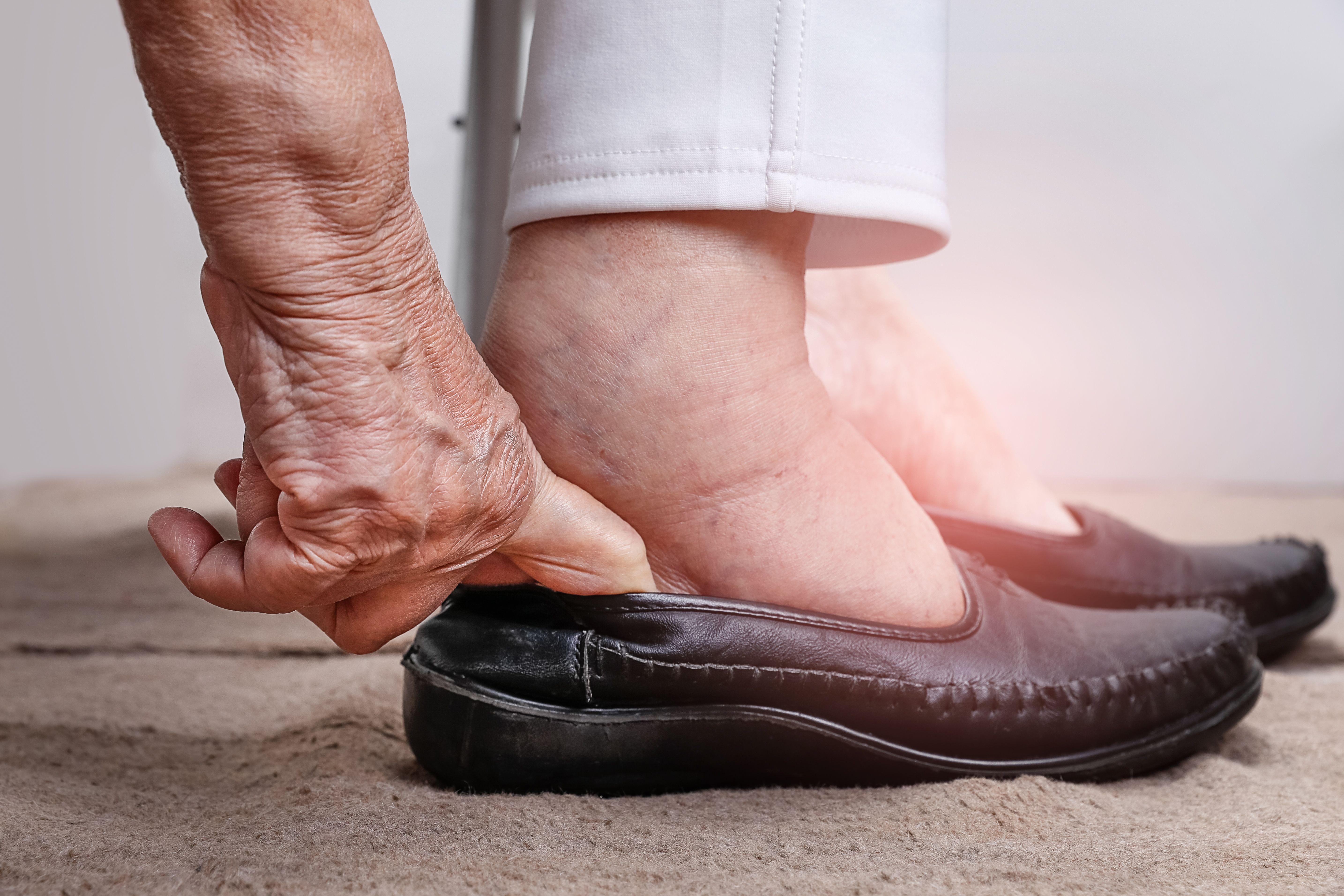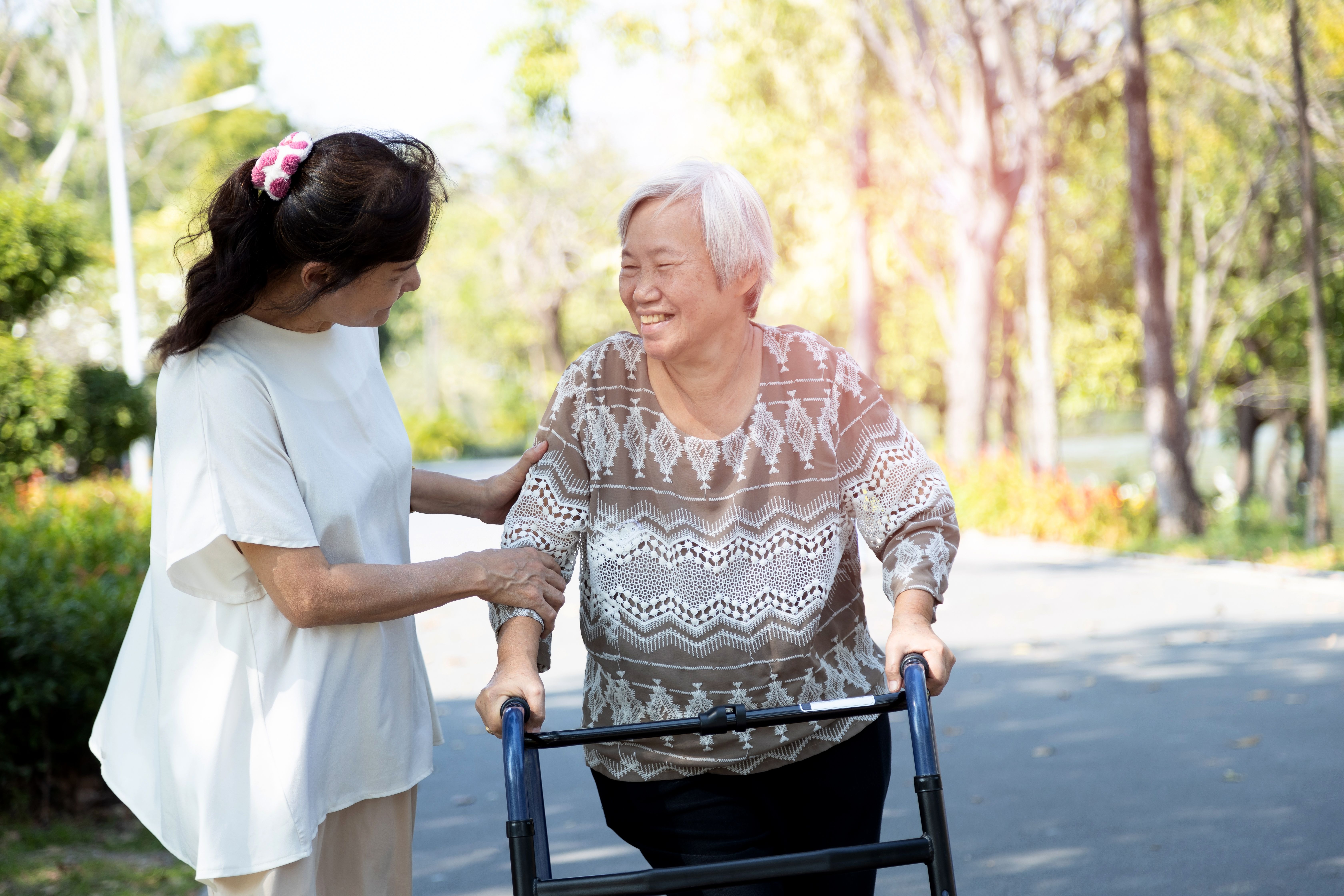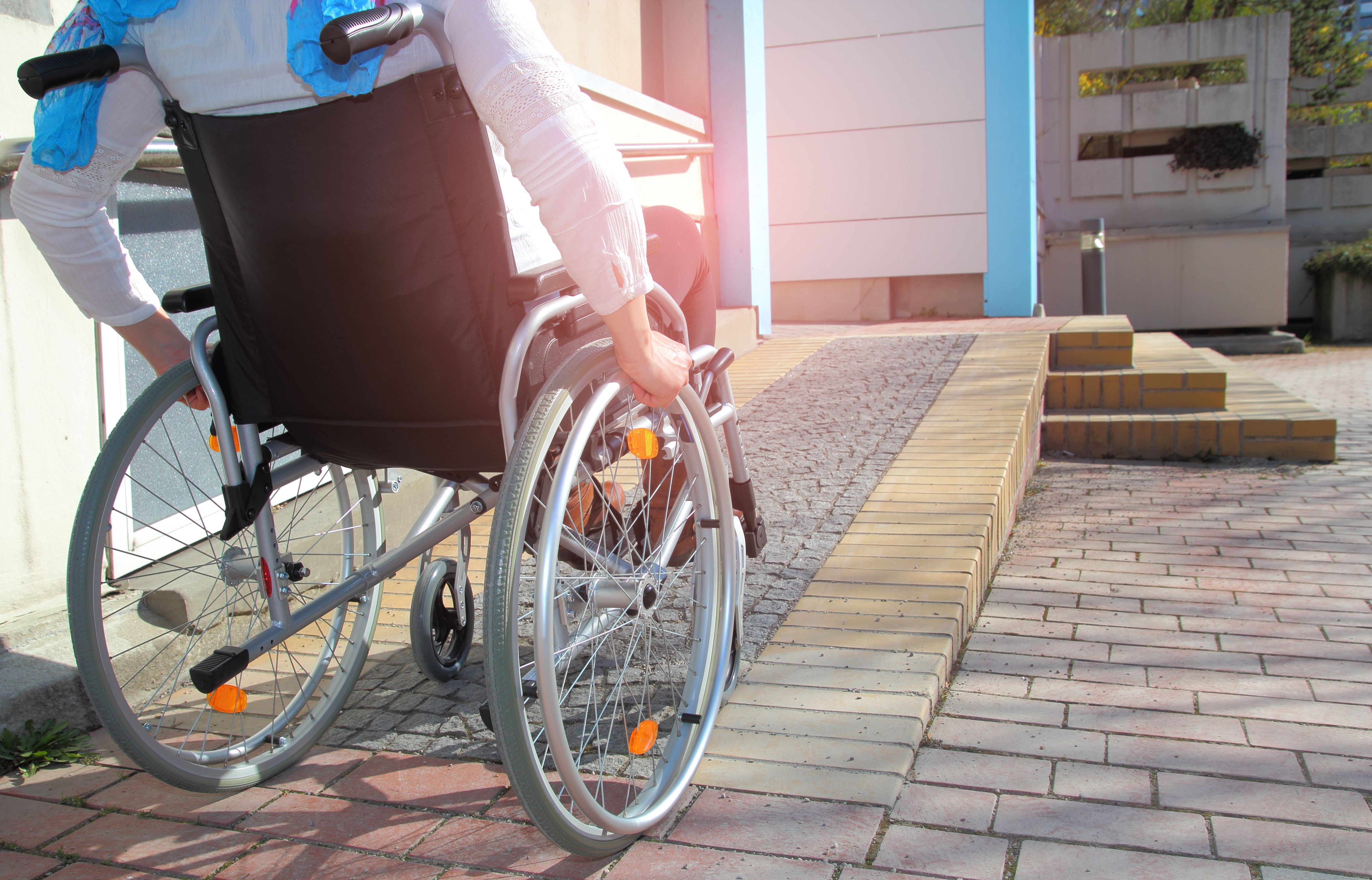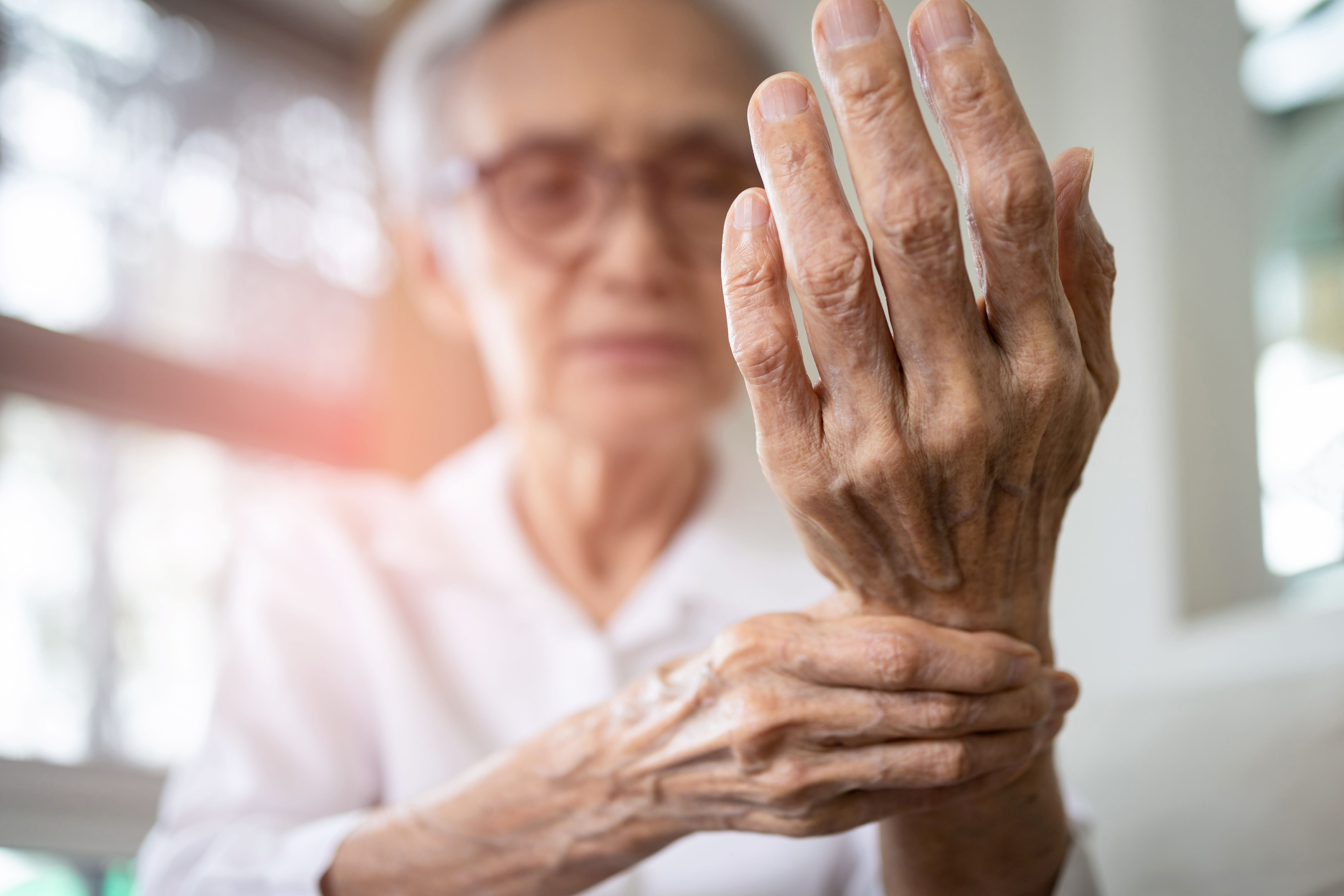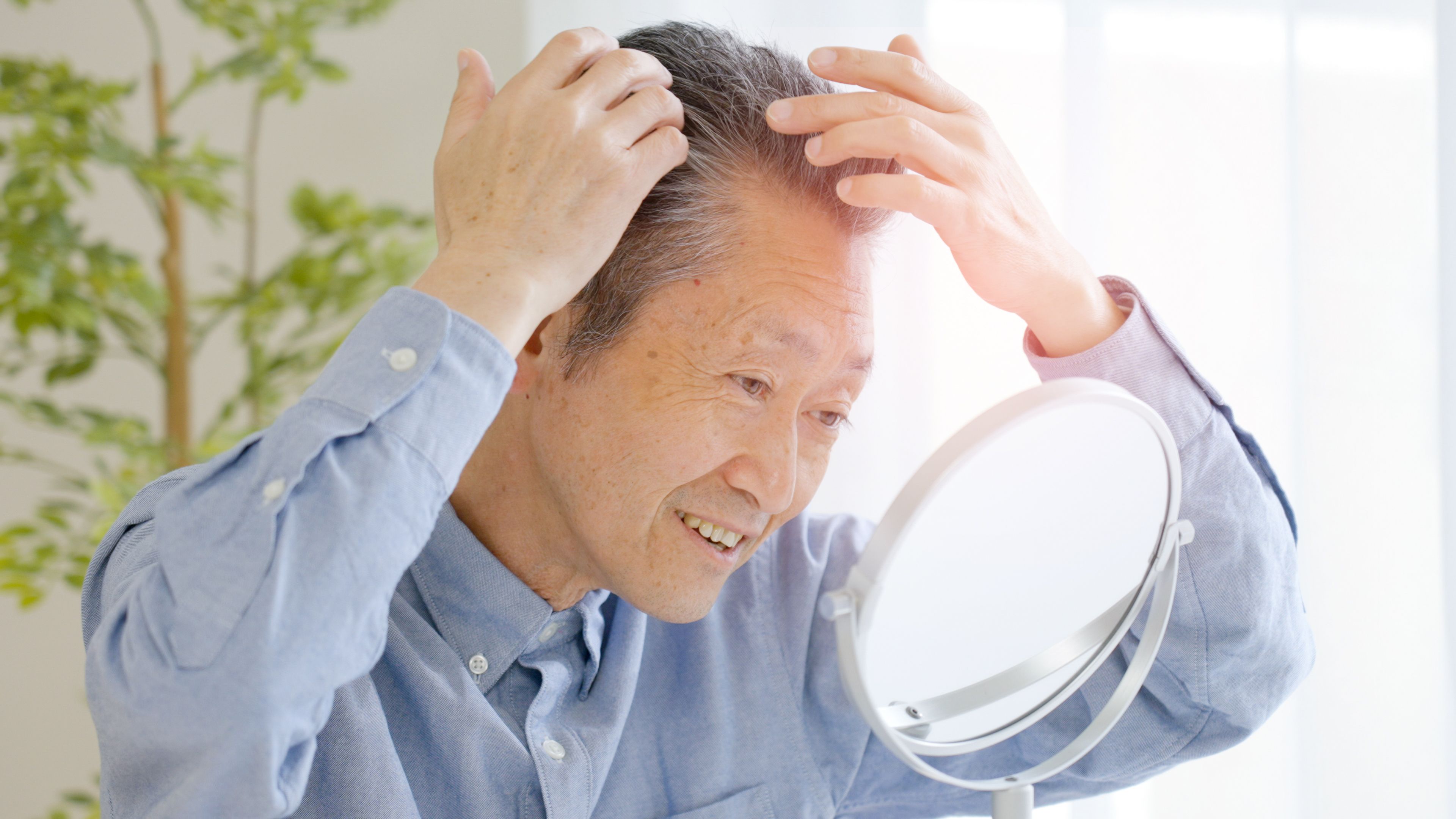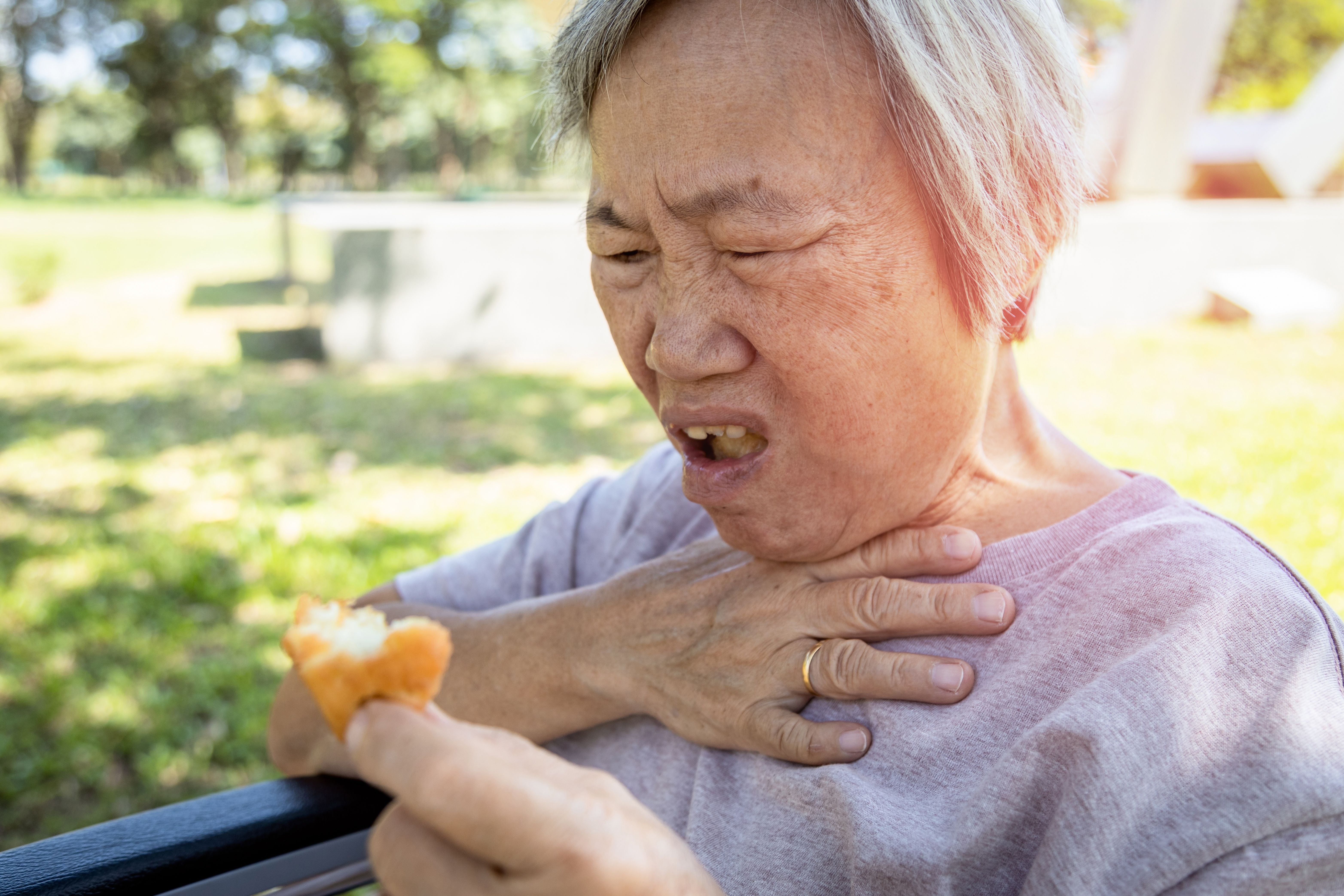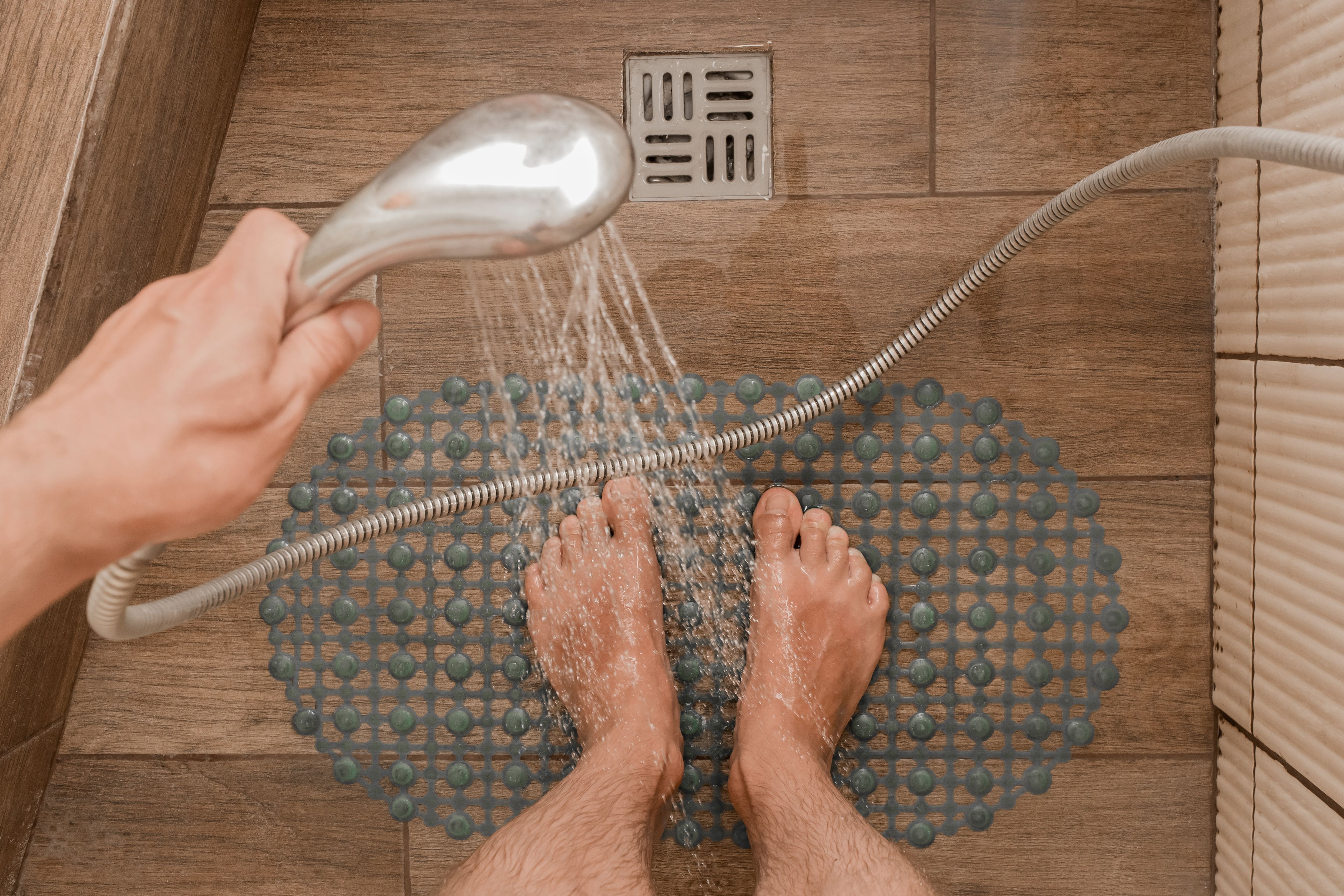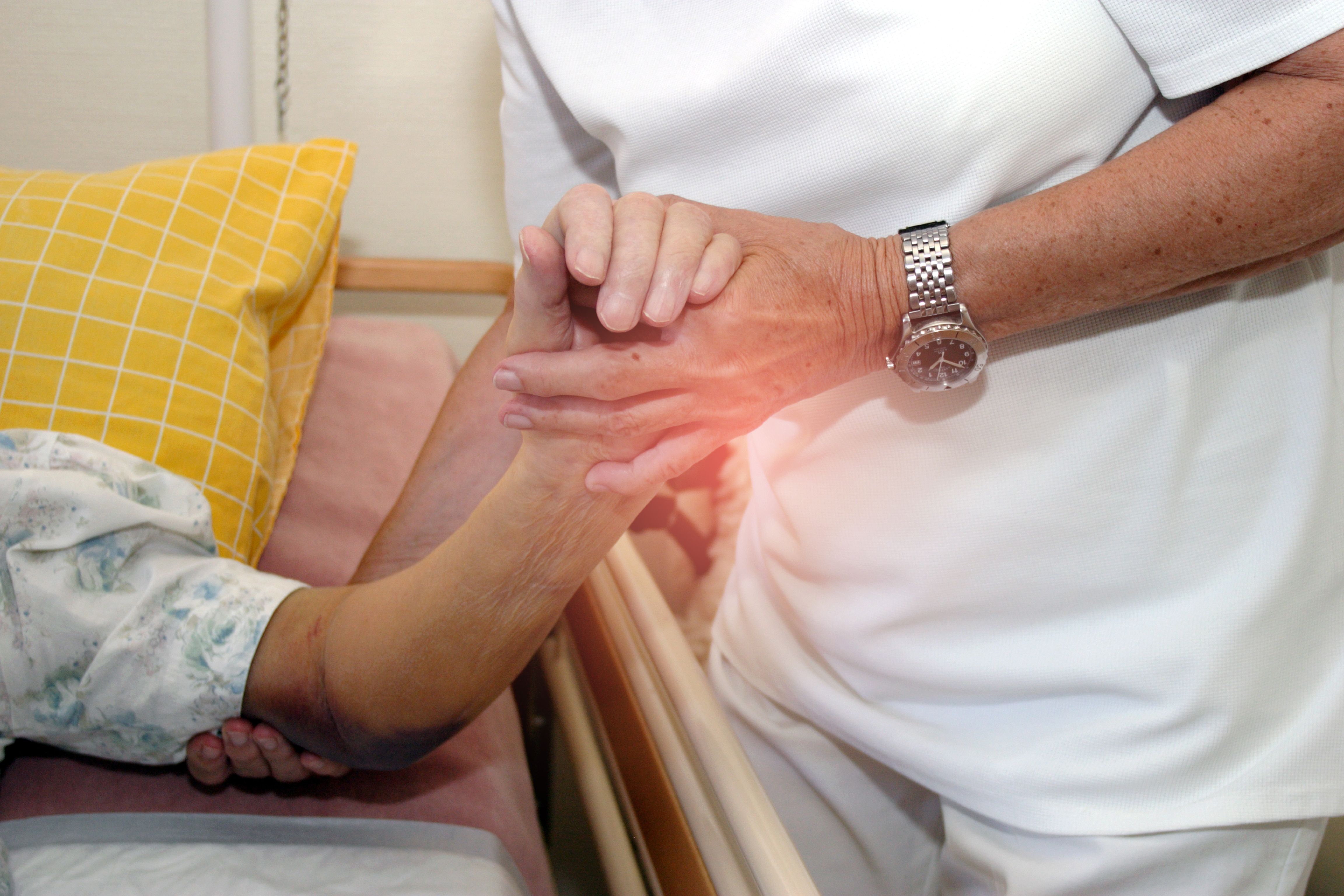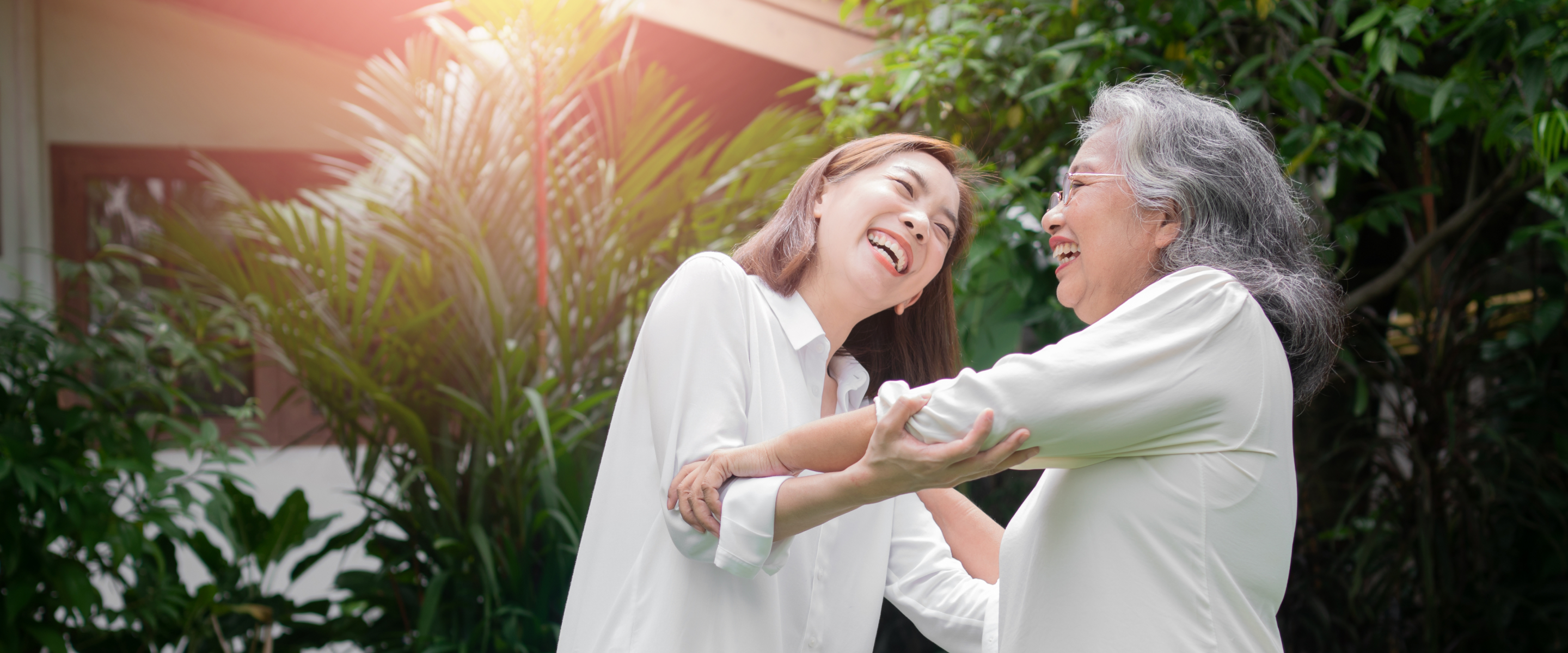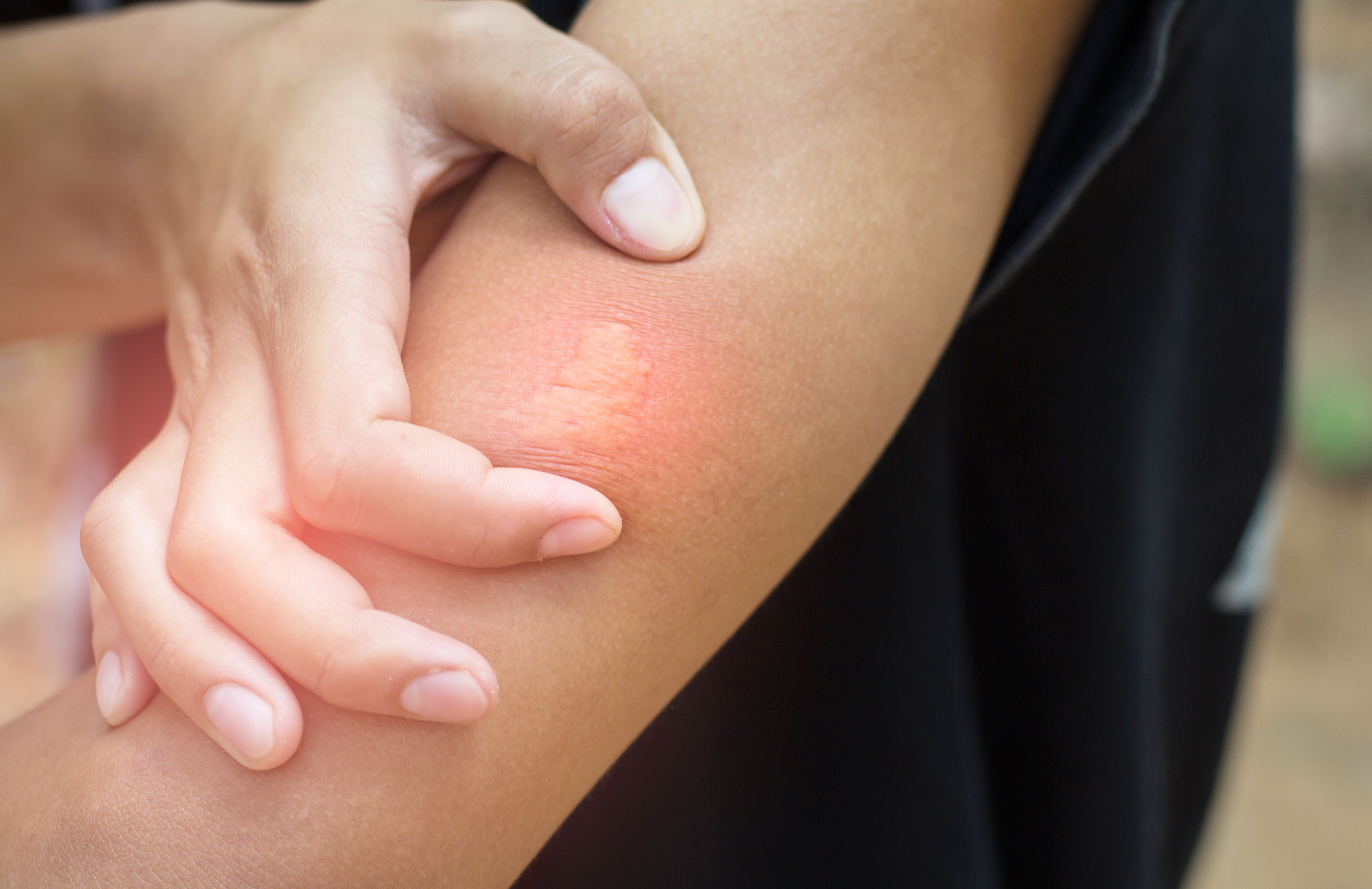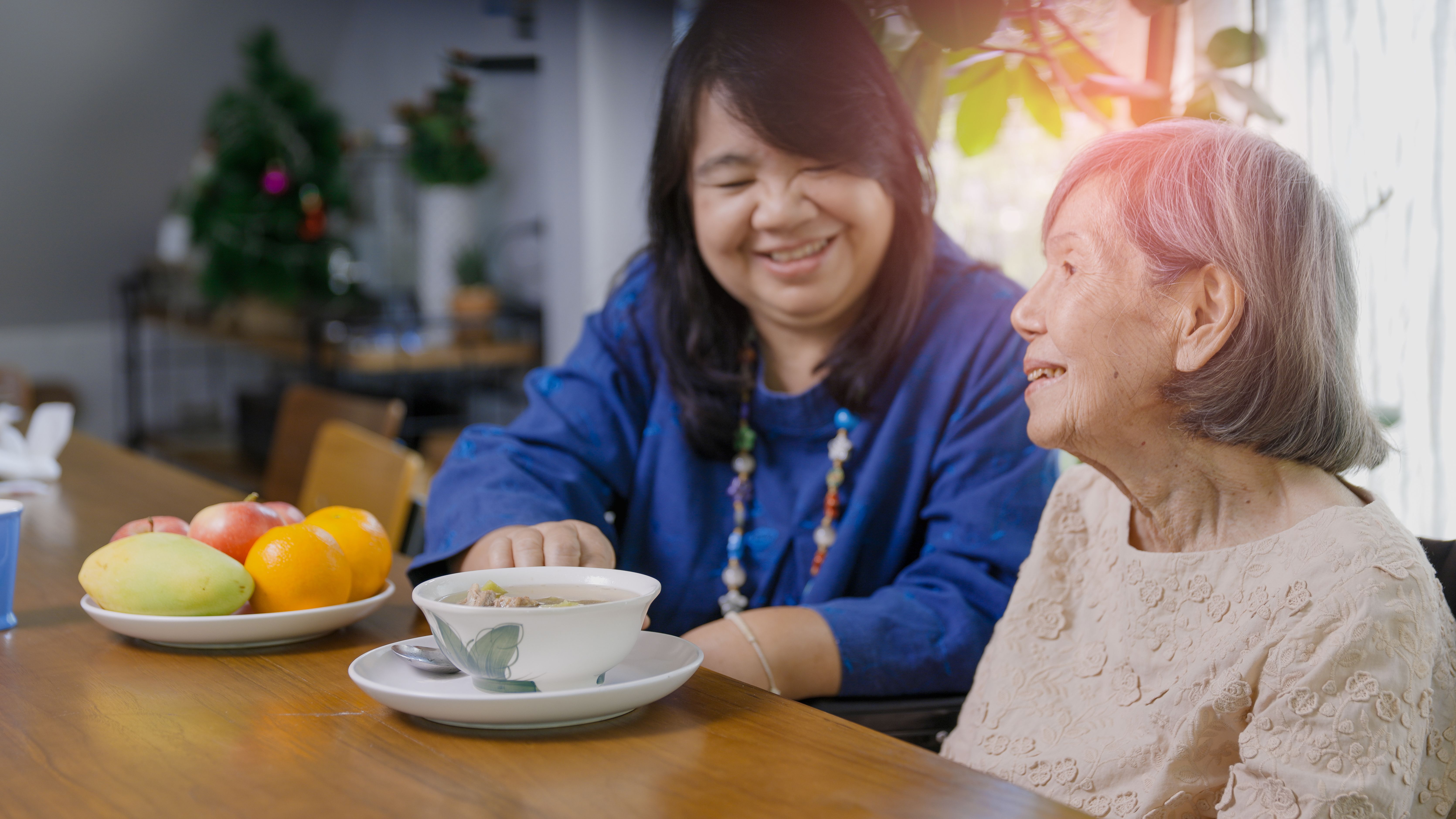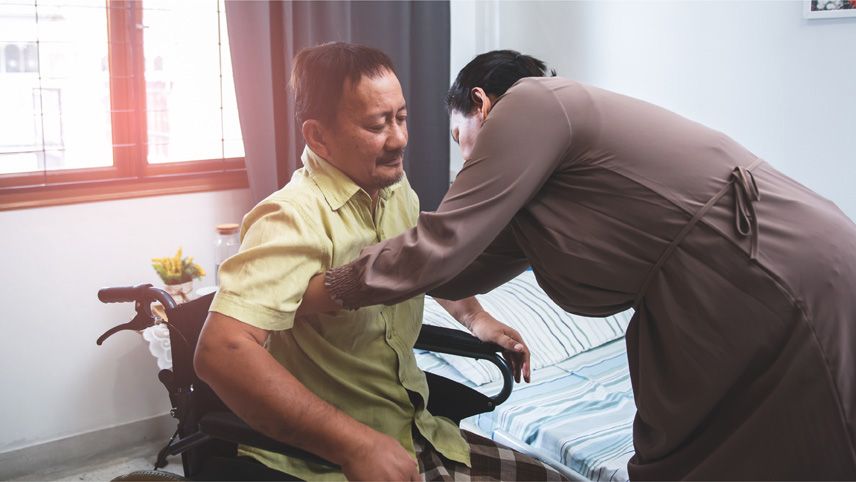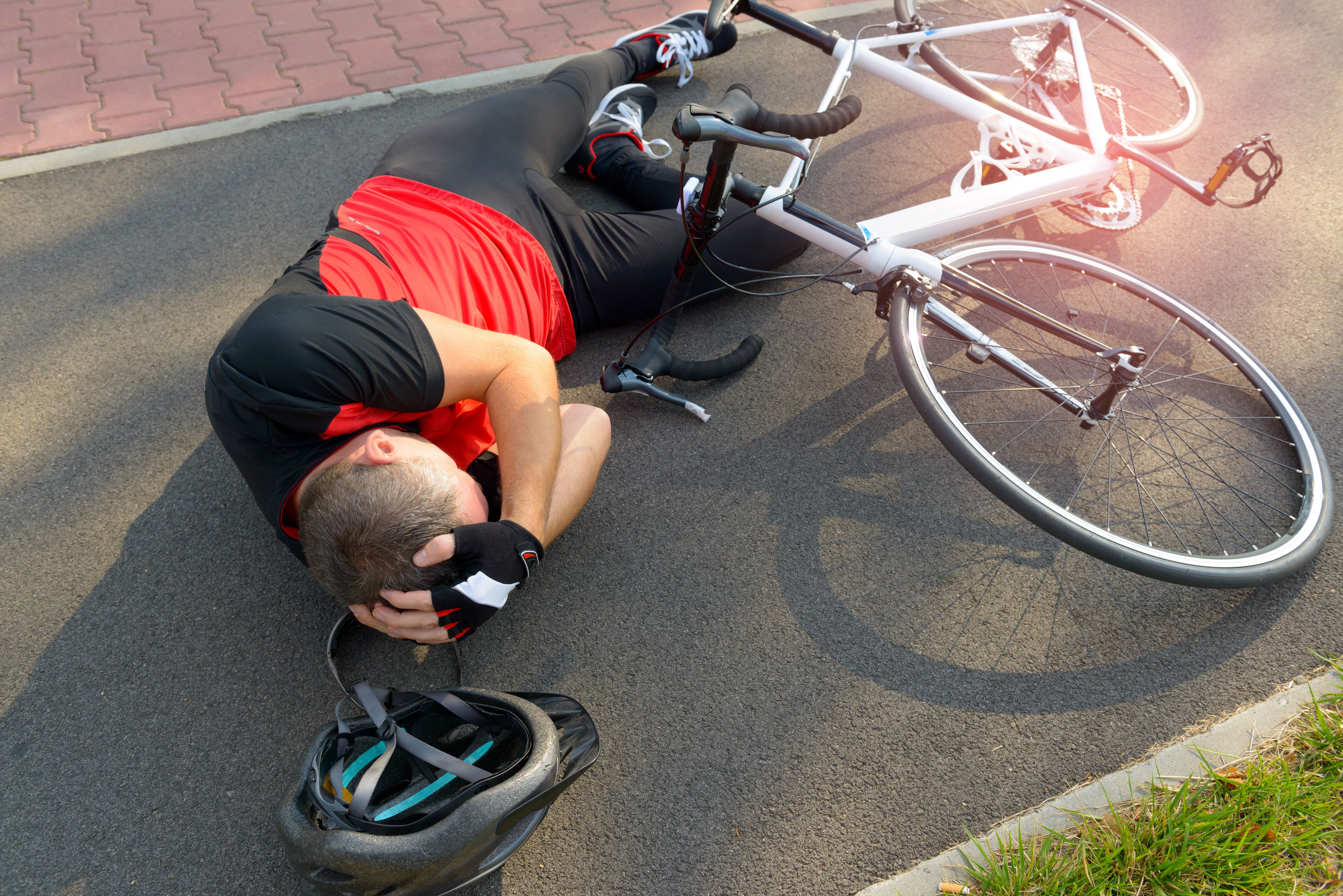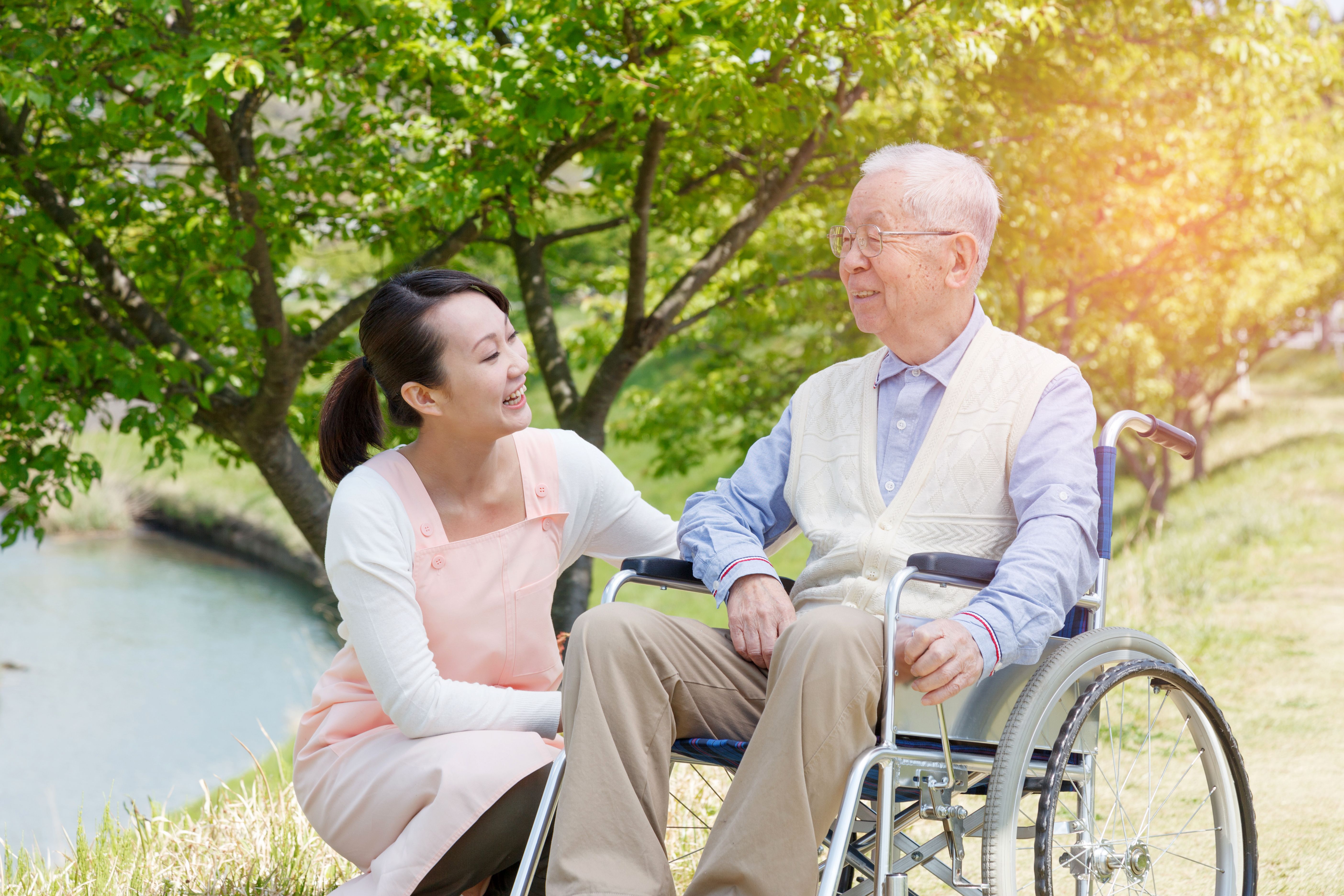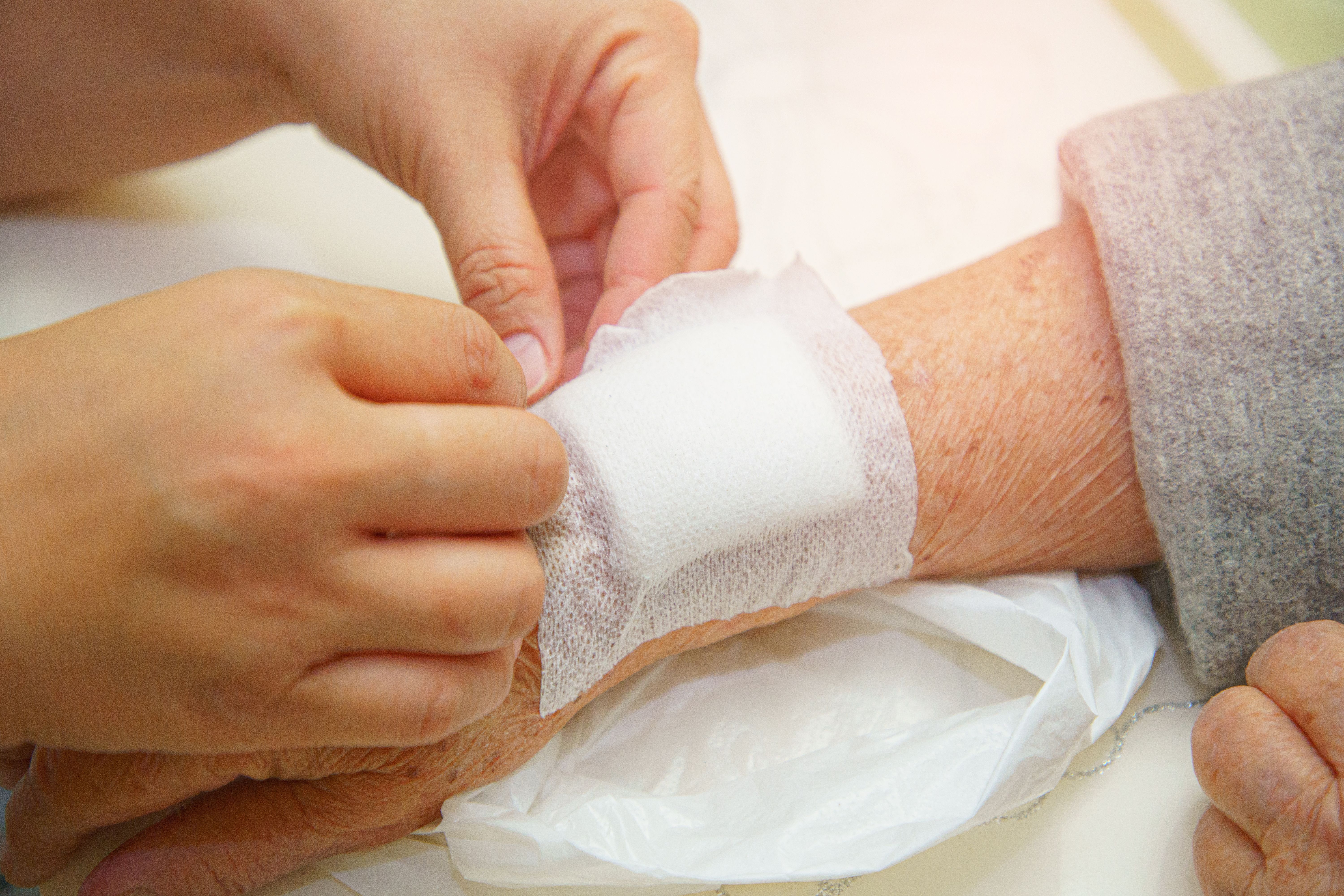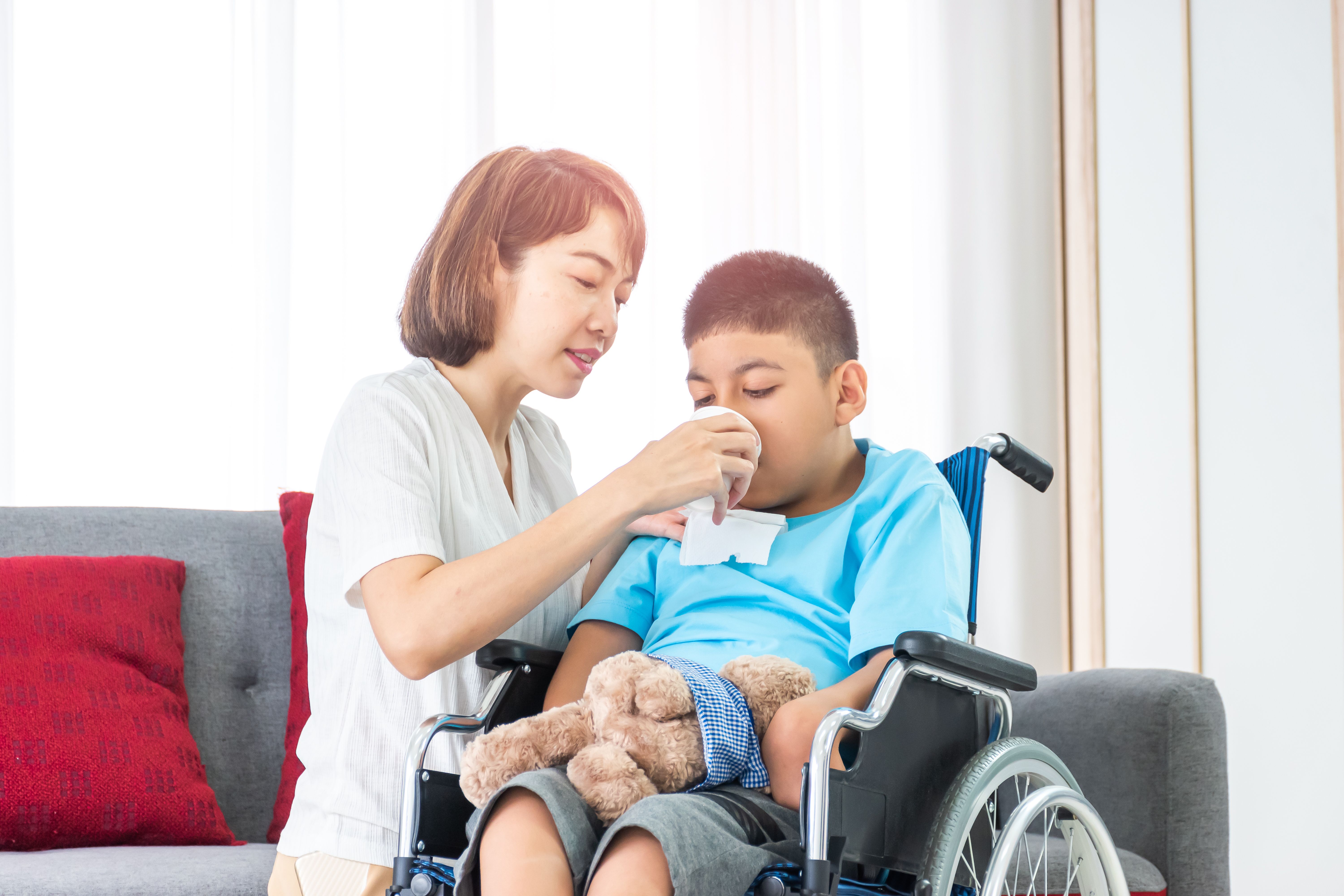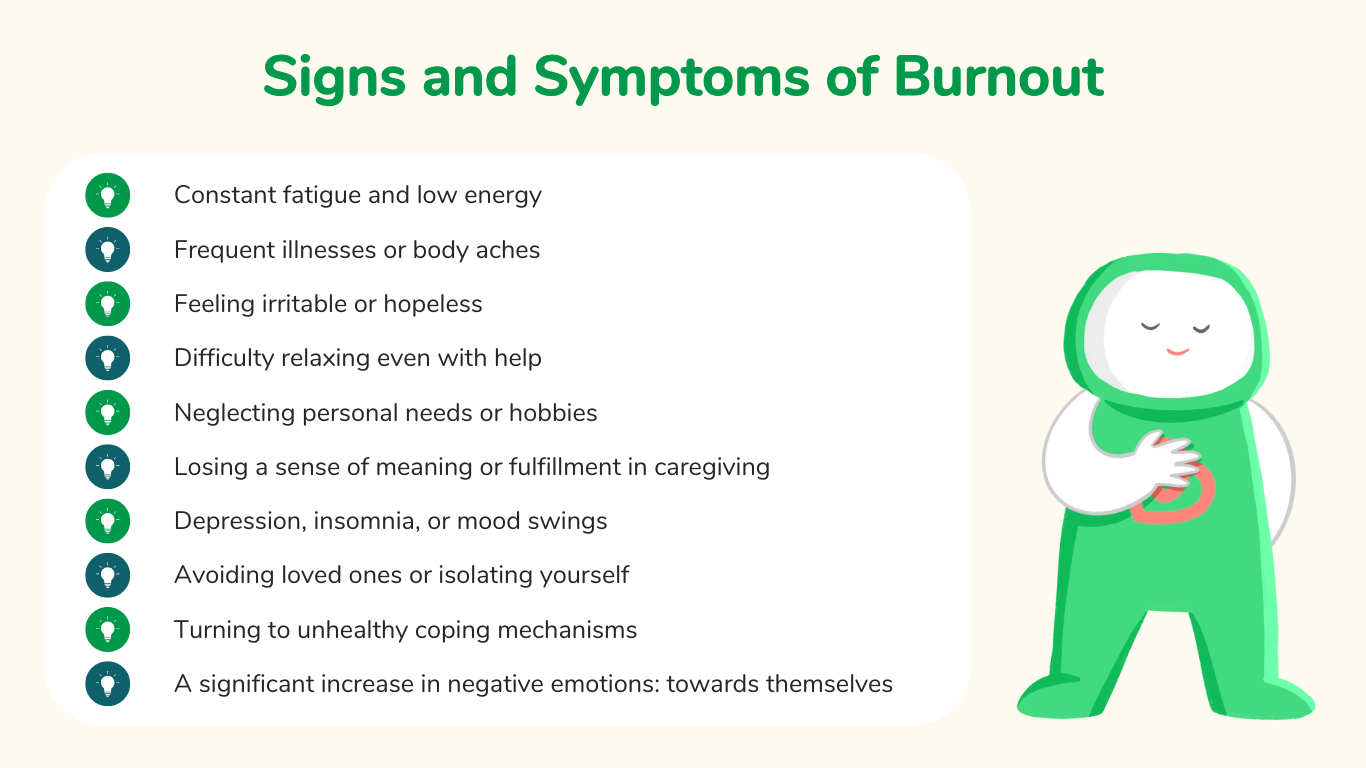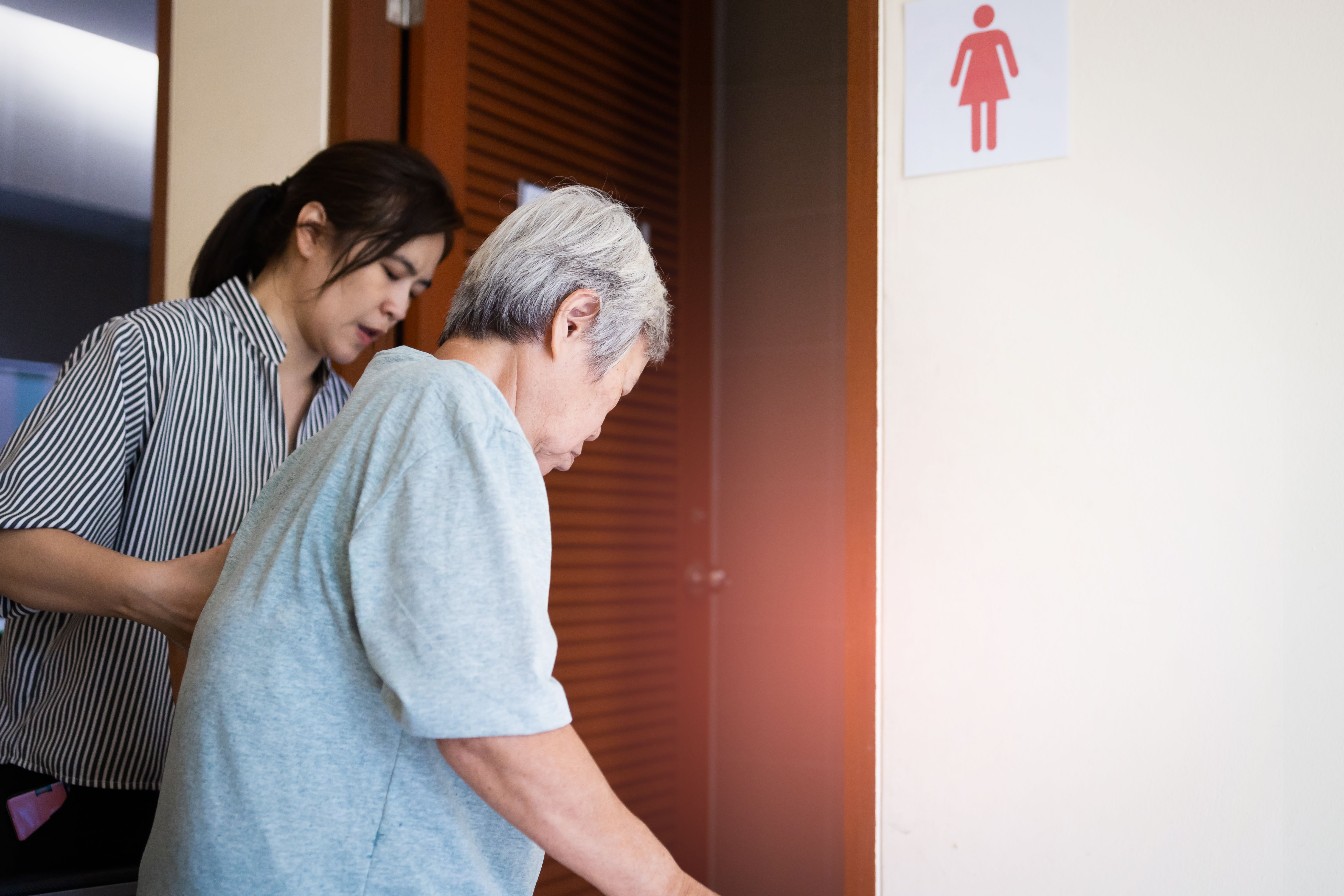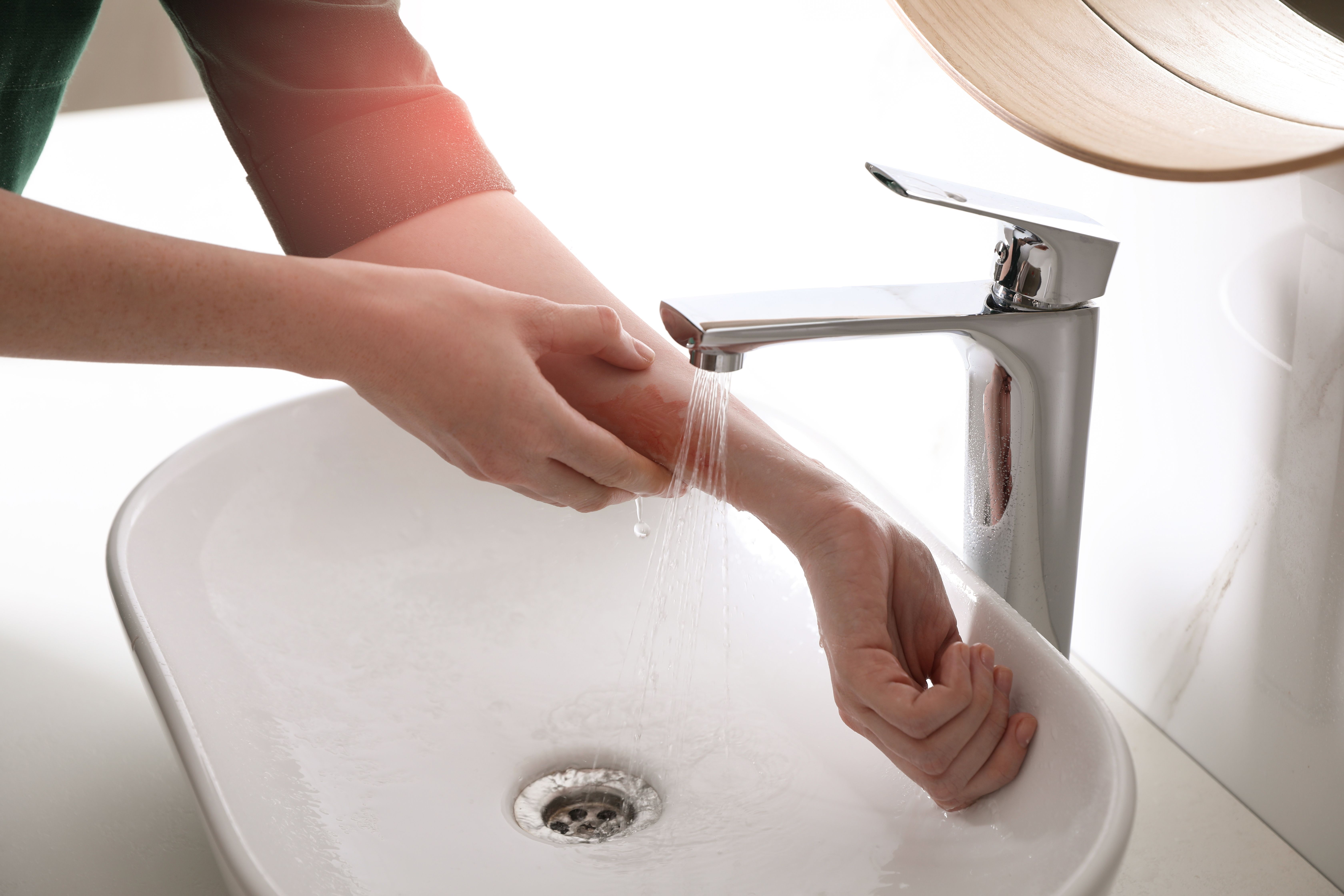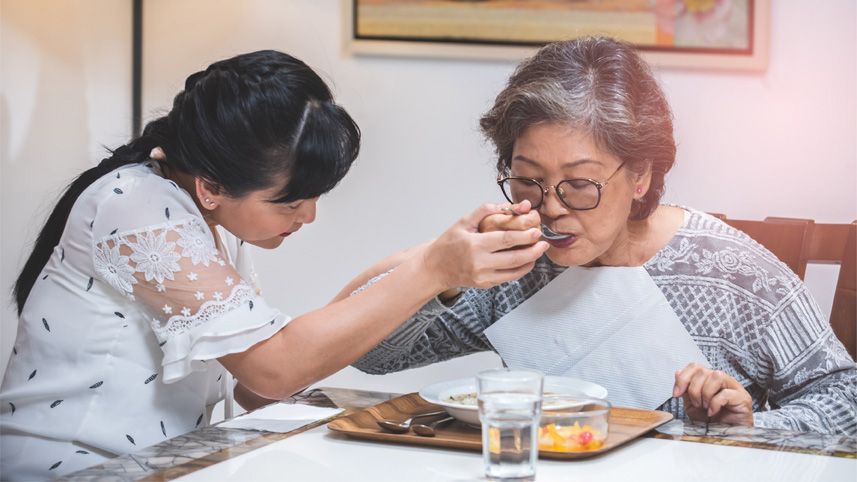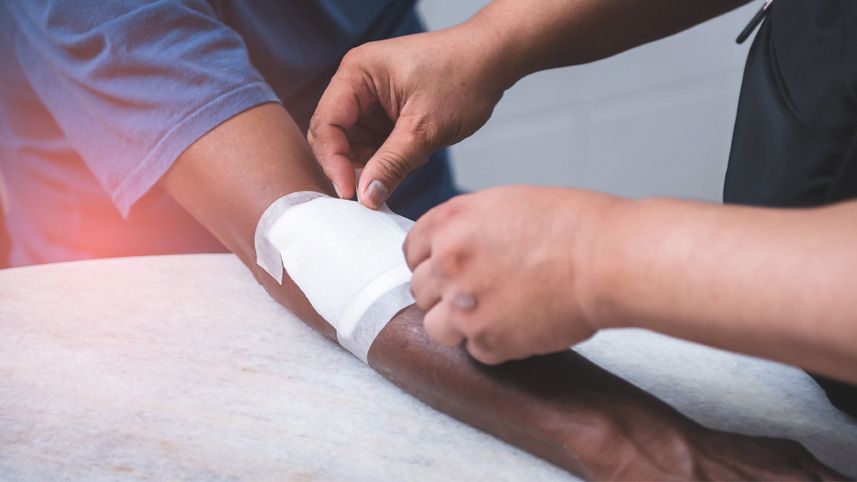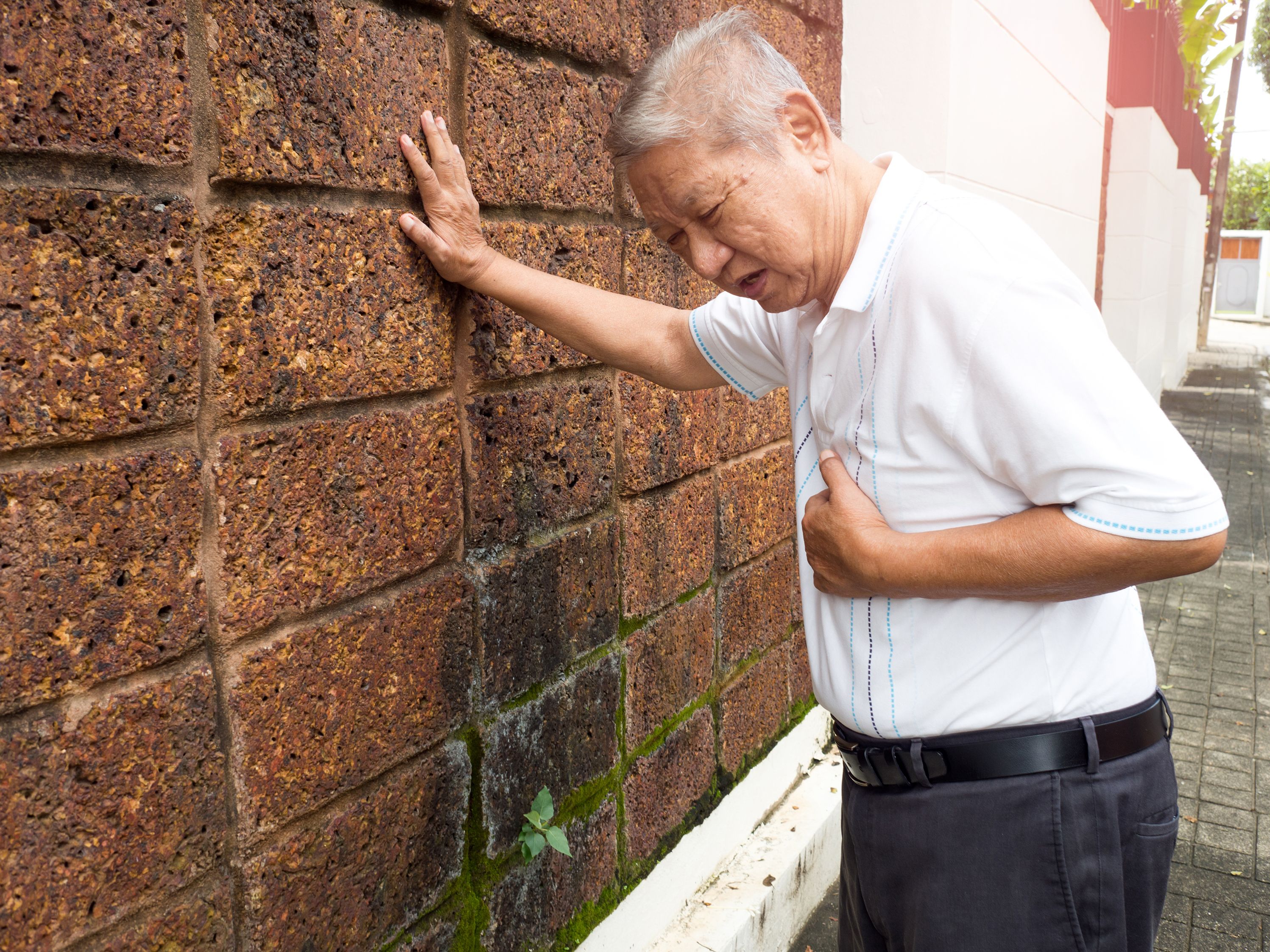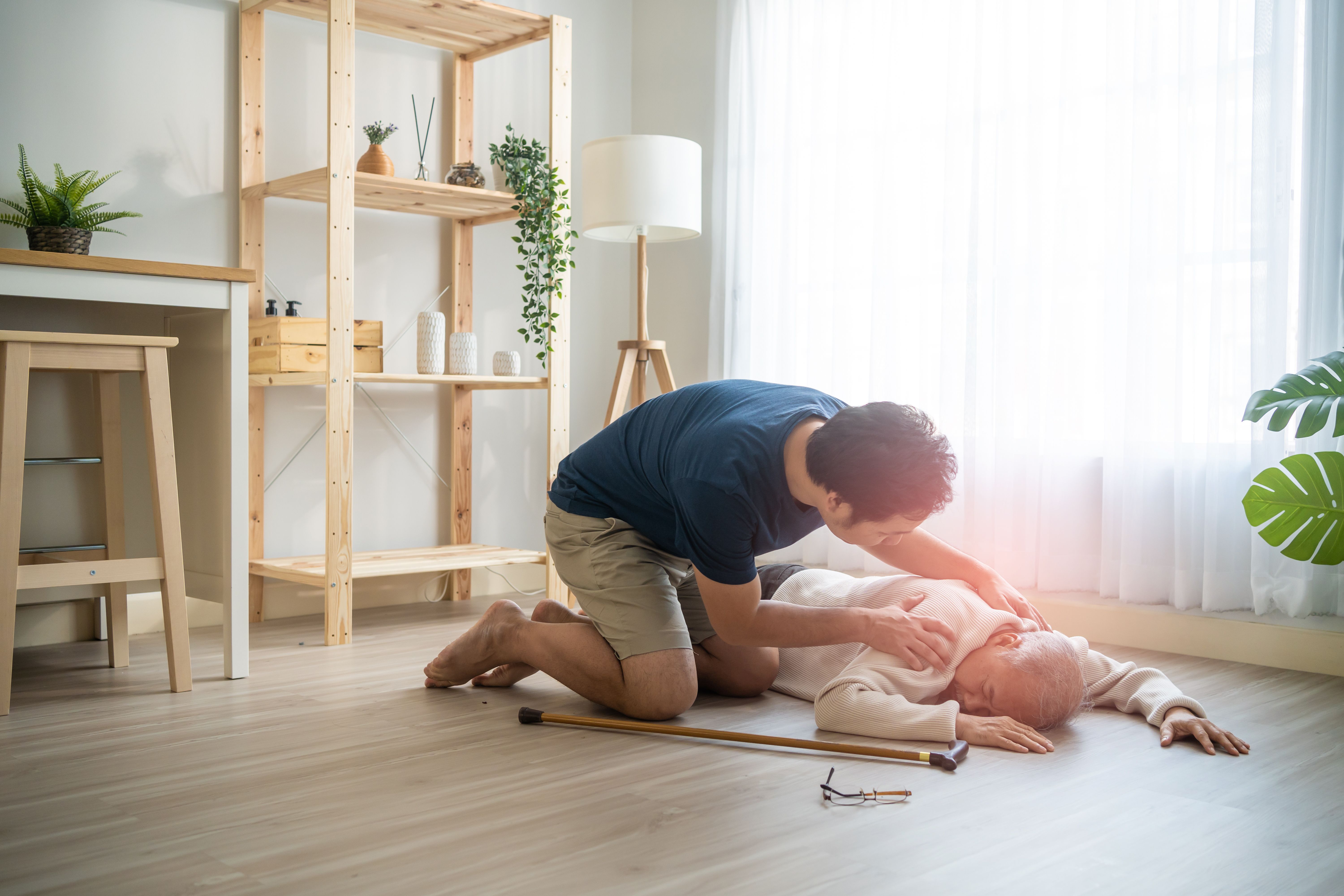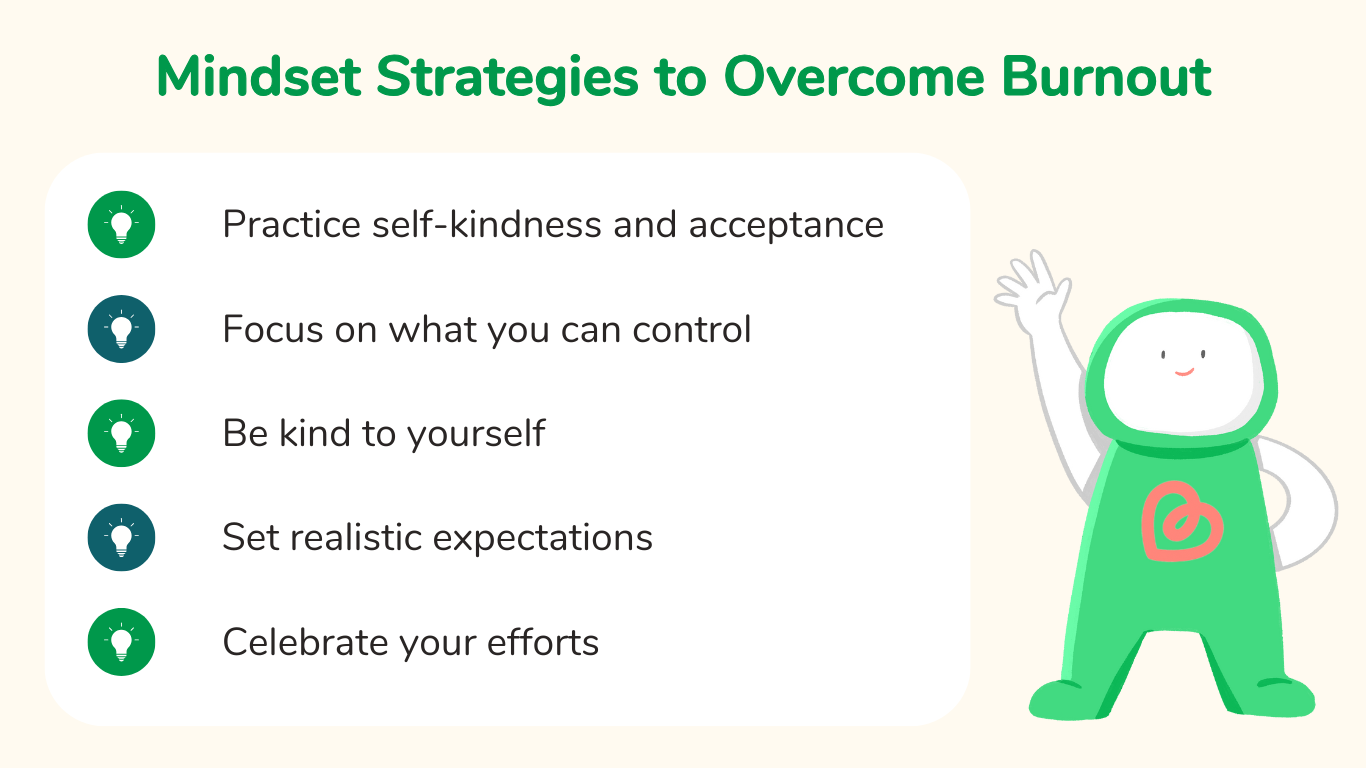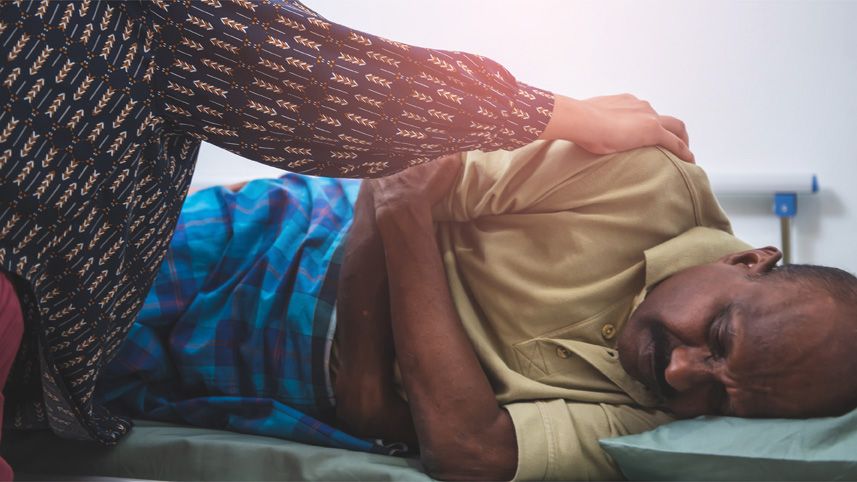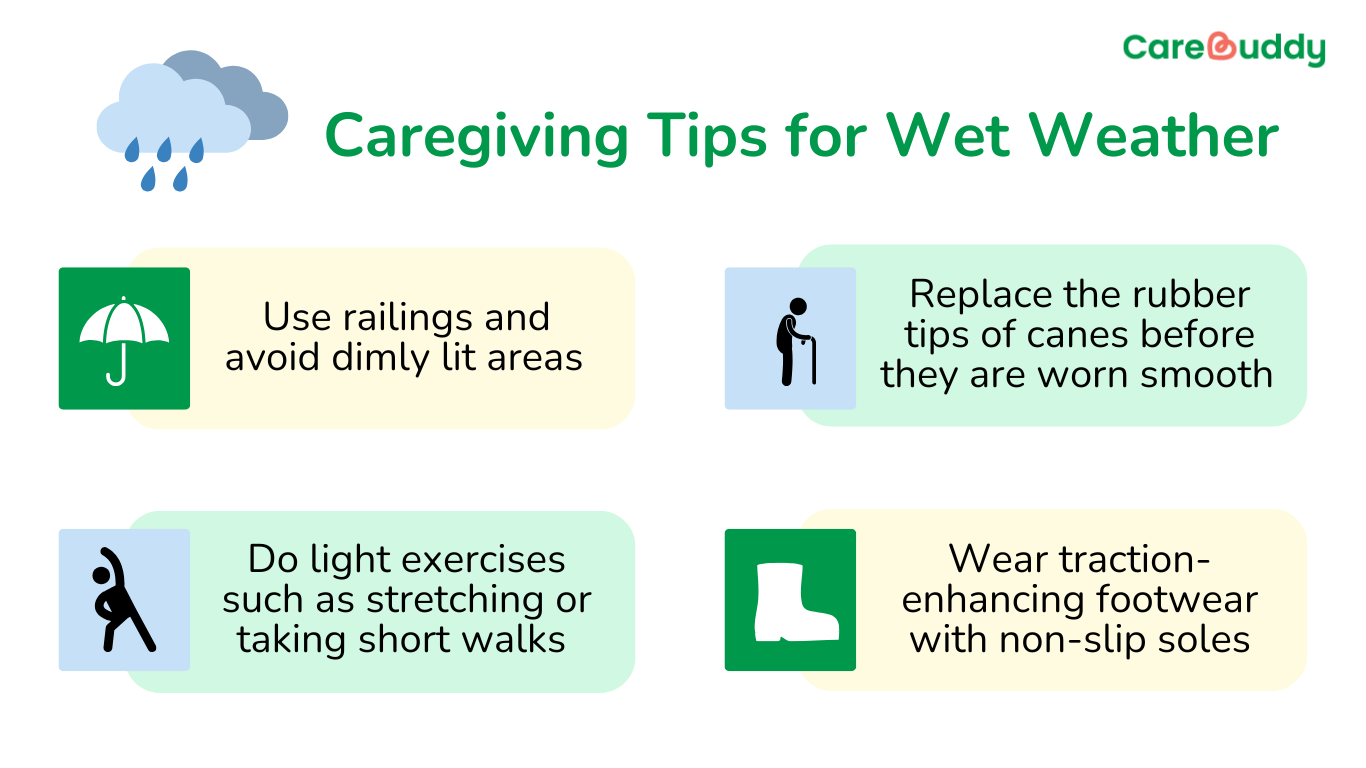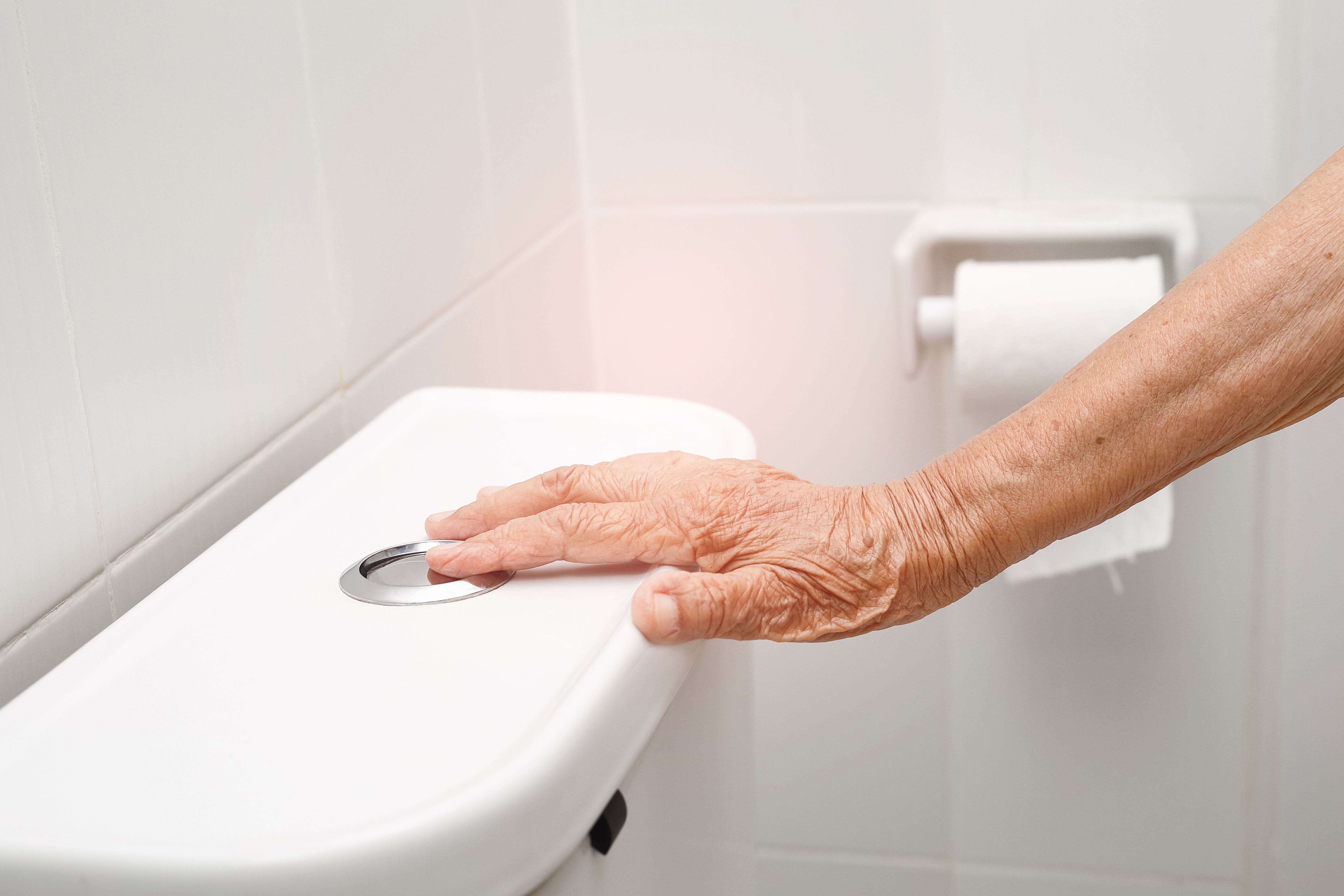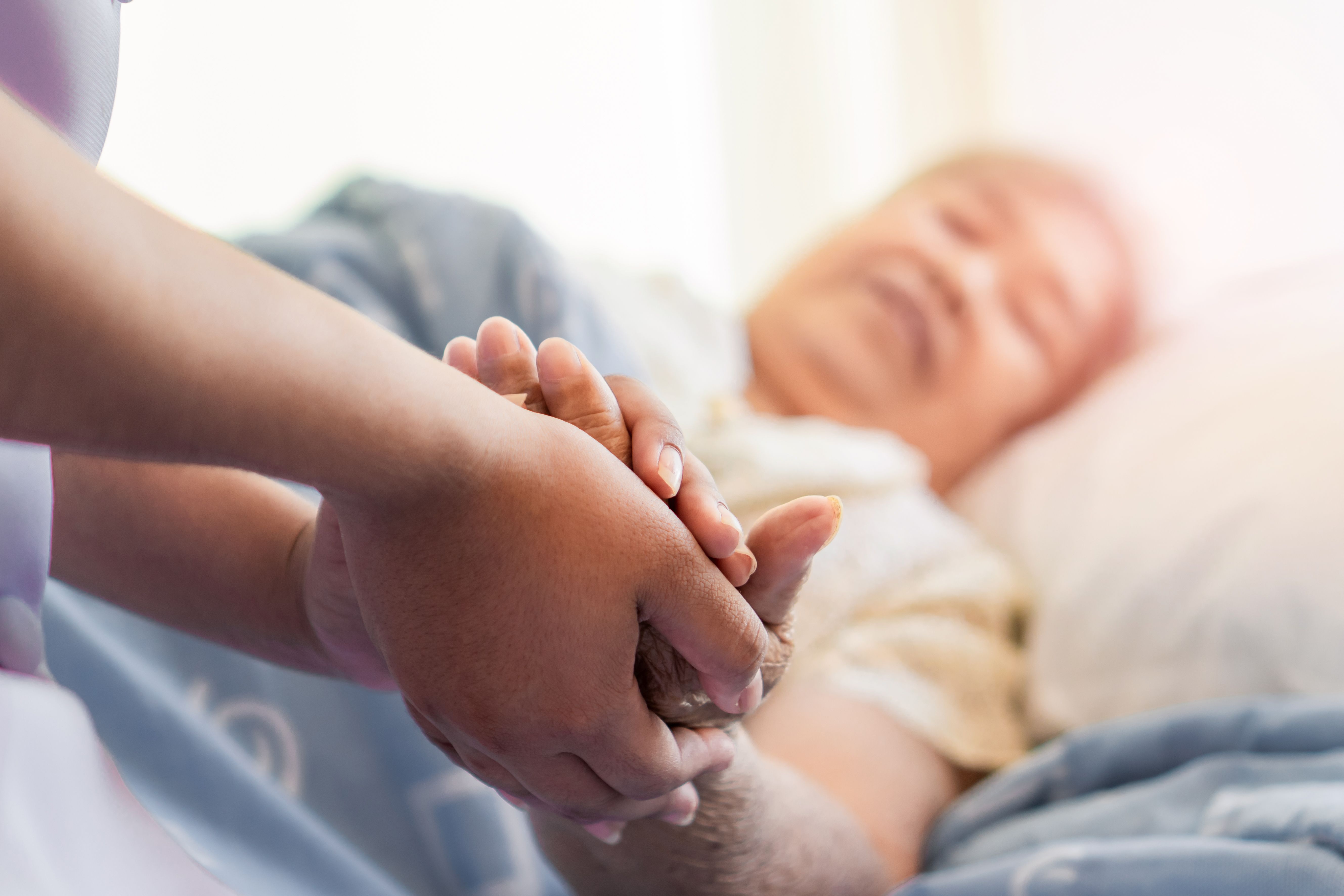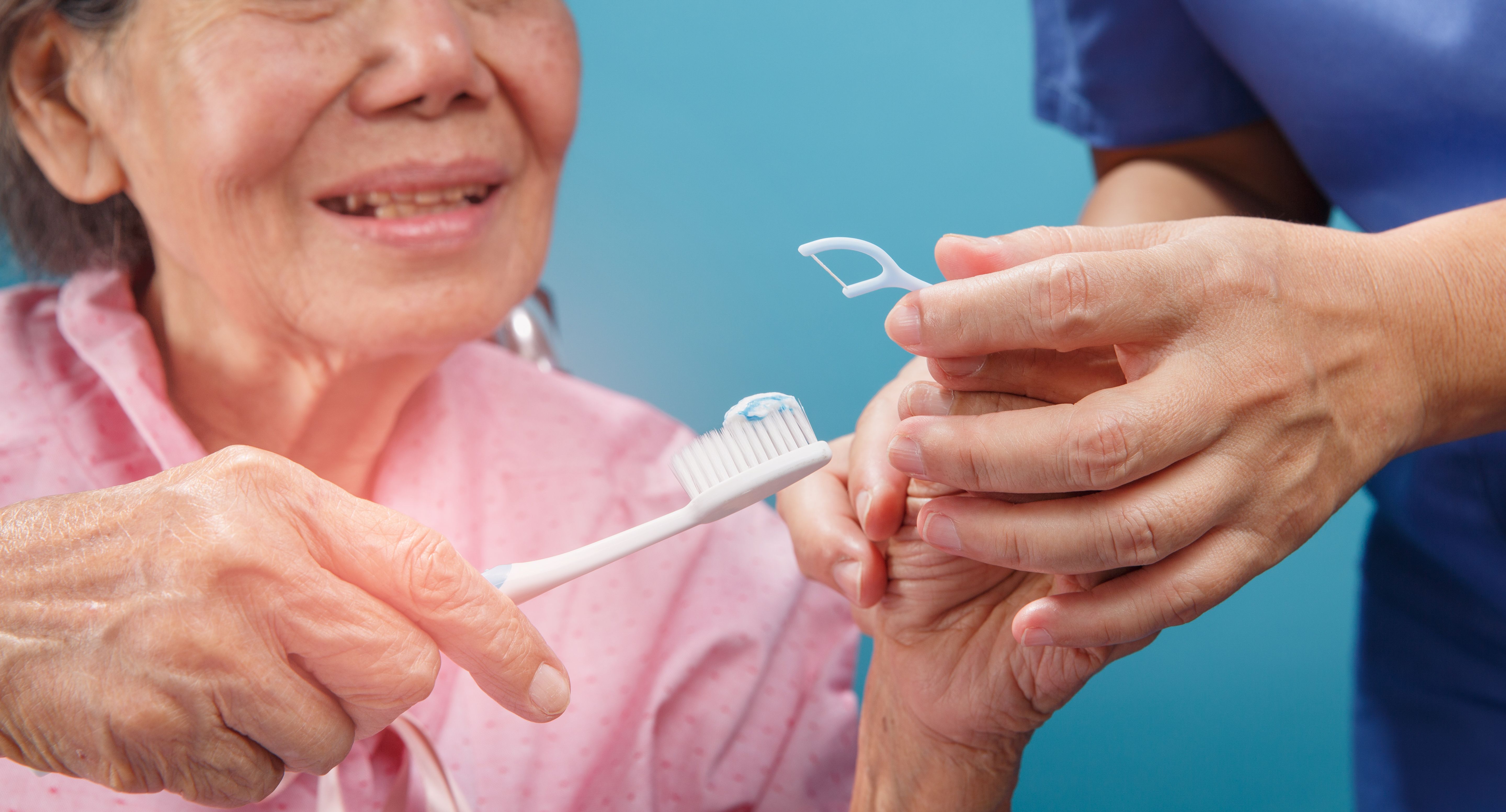The journey of a thousand steps begins with foot and nail care
- CareBuddy
- 4 Mins Read
- 26 Sep 2022
- Elderly Care
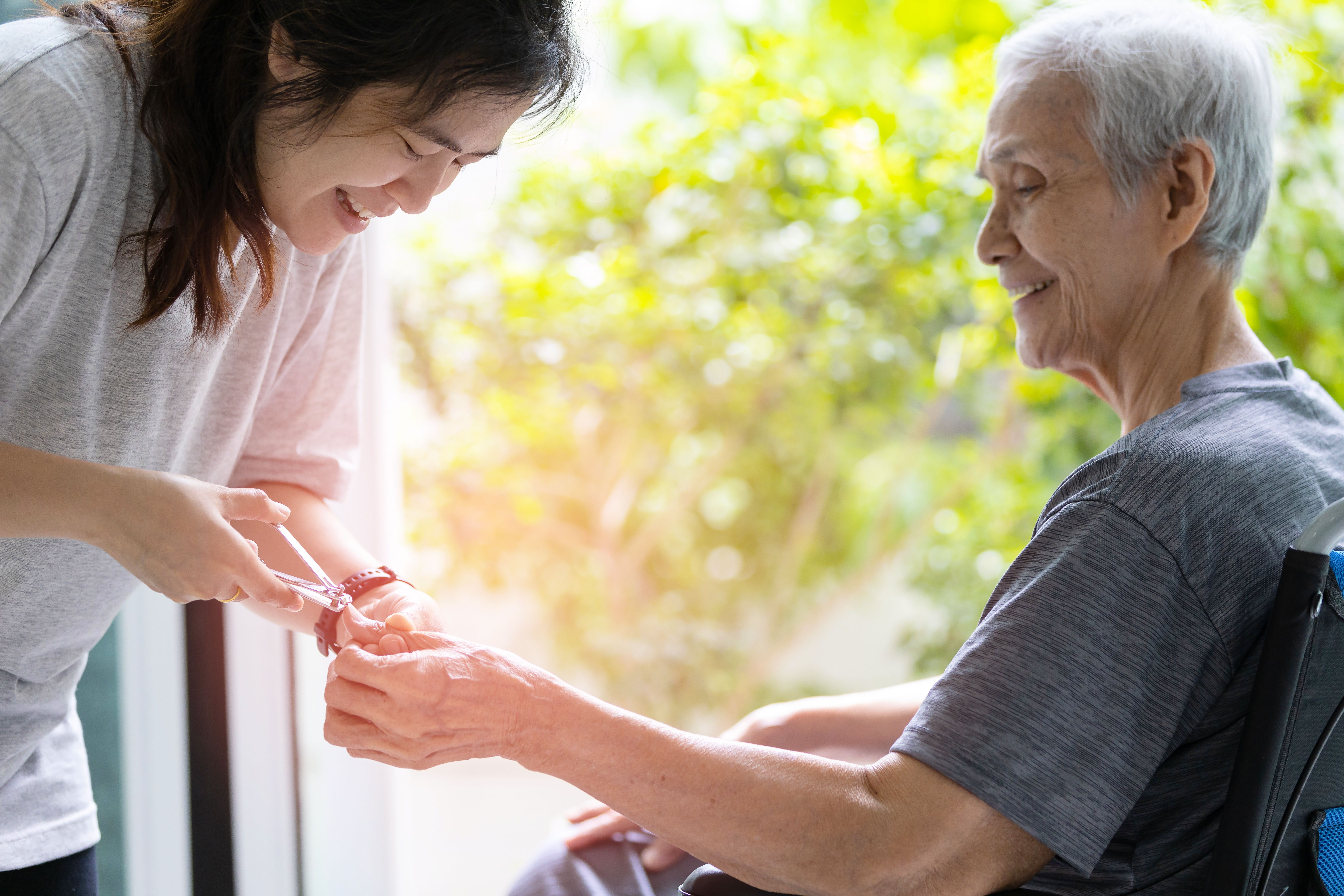
Feet and nails are sometimes neglected as caregivers focus on more immediate issues with vital organs. However, caregivers need to ensure regular care for those parts of the body so that unwanted complications don’t arise.
Common foot problems include
- Diabetic Foot: High blood sugar damages nerves and blood vessels in the feet and causes numbness, tingling, pain or loss of feeling in the feet.
- Ingrown Toenails: Toenail grows into the skin of the toe, causing swelling and pain.
- Fungal Infections: Sweat and moisture that stays in the feet (e.g. when shoes are too tight) can lead to rashes and itches.
- Calluses: Rough, thick areas of skin that happen because of pressure or irritation on those areas.
- Corns: Hardened layers of skin caused by friction and pressure.
- Bunions: Bony bumps that form on the base of the big toe.
- Cracked Heels: Dry, thick, splitting skin around the rim of the heels.
- Pressure Sores: Blisters, red skin and open sores that can happen due to lack of activity (e.g. when a care receiver is bedridden, chair-bound or unconscious), moisture from diaper, or malnutrition.
Preventing and treating common foot problems
- Wash the care receiver’s feet and nails every day.
- Ensure that they wear well-fitting shoes, socks and slippers.
- Check their feet every day for cuts, redness, swelling, cracks etc.
- Seek doctors’ advice for the correct procedures to remove calluses and corns safely.
- Prevent disuse by encouraging activity of the feet such as walking. If that’s not possible, encourage wiggling toes to improve blood circulation.
- Consult a doctor if you observe symptoms of a serious condition such as diabetic foot.
Procedure to clean feet
- Assist the care receiver to a sitting position on the side of the bed or on a chair.
- Wear gloves.
- Place a basin of warm soapy water on a towel on the floor.
- Assist the care receiver to place their feet in the water and let them soak for 5 to 10 minutes to soften the nails. If they’ve just bathed, there’s no need to soak.
- Gently remove dirt from under and around the toenails.
- Rinse the feet with water.
- Dry the feet and the areas between the toes.
- Trim, shape and smooth the nails if needed.
- Remove gloves and wash hands.
- Return the care receiver to their previous comfortable position (e.g. lying on the bed)
Procedure to trim nails
- Trim and clean the nails right after soaking and bathing as moisture will aid in softening the nails.
- Clip the nails straight across. Do not cut inwards at the corners. Don’t trim them too short or into a curved shape as this can cause ingrown toenail and other infections.
- If the care receiver prefers a round shape, use a nail file or emory board to smooth out the ridges and give the edges a bit of a curve, so you end up with a square shape with rounded edges.
- Apply cream, lotion or moisturiser to the feet and nail margins. This should preferably be done after bathing to maximise absorption.
Safety tips for foot and nail care
- Check if you are allowed to provide foot and nail care. Some organisations only allow podiatrists to provide foot care.
- While soaking, test the water temperature by dipping your elbows slightly into the water before letting the care receiver soak their feet in it.
- Don’t attempt to cut or trim nails if the care receiver has diabetes or poor circulation in the legs. If they sustain a cut, their healing will be impaired.
- Use only a nail cutter and never use scissors for cutting nails.
- Application of lotion or moisturiser can cause slippery feet. Always help the care receiver put on footwear before they start walking again.
Article reviewed by David Tay, Senior Principal Educator (Nursing and Prehospital Care), HMI Institute.




